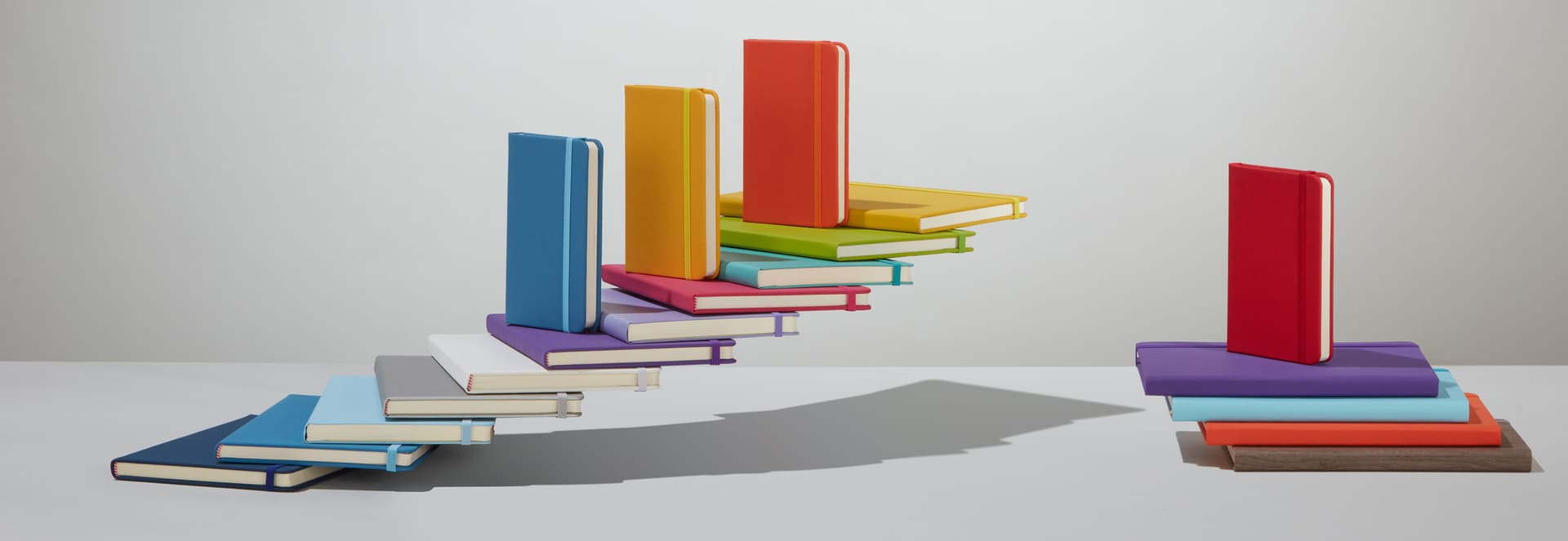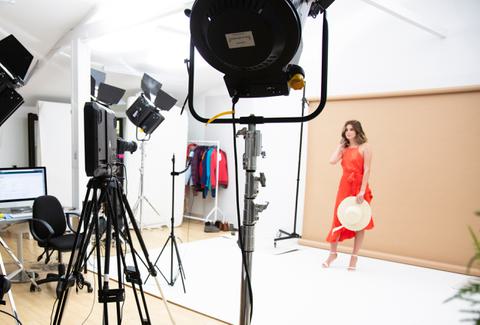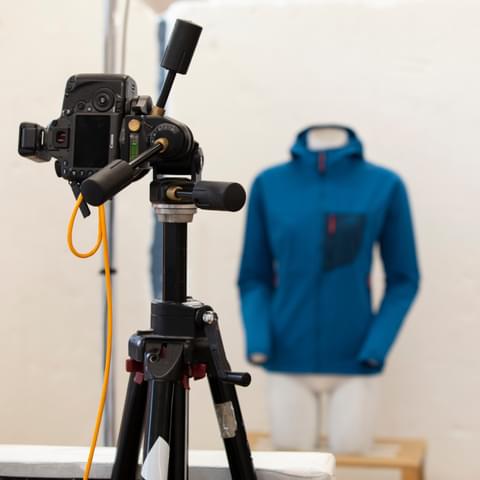Ecommerce Product Photography - Expert Guide
Product photography plays a crucial role in the success of any ecommerce business. Whether you're an ecommerce entrepreneur or a marketing professional, a full understanding of product photography can significantly improve your brand's visual appeal and sales performance. Our expert guide to product photography for ecommerce will walk you through various aspects of the process, from different styles and themes, to technical considerations and practical tips.
Types of Product Photography
There are various styles of product photography suited for different purposes and budgets, here's an overview of the main types.
Ecommerce / White Background / Packshot
Ecommerce photography, often referred to as white background or packshot photography, is most commonly used in online shopping, or traditional catalogues. This style focuses on presenting products clearly and accurately, typically against a plain white background. The goal is to provide customers with a distraction-free view of the item, highlighting its features and details. This type of photography is also essential for meeting the guidelines of major online marketplaces which include the likes of Amazon or eBay.
White backgrounds offer several key advantages over coloured backgrounds in product photography, here's a few examples:
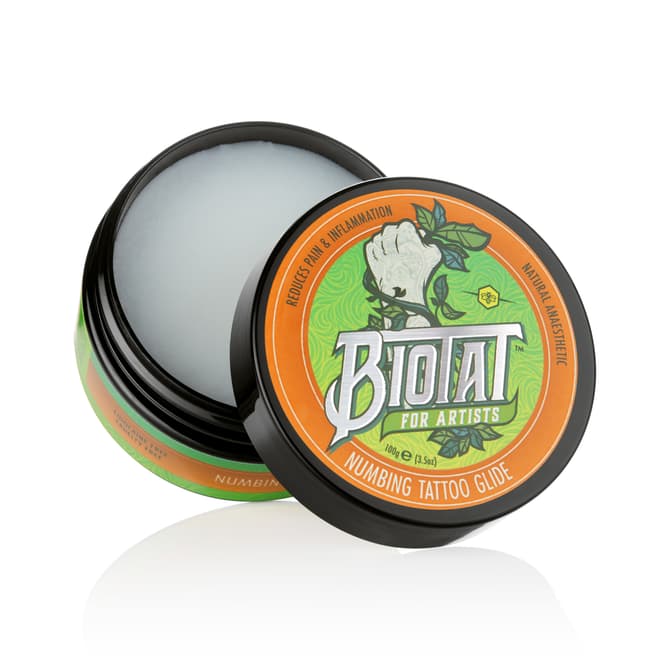
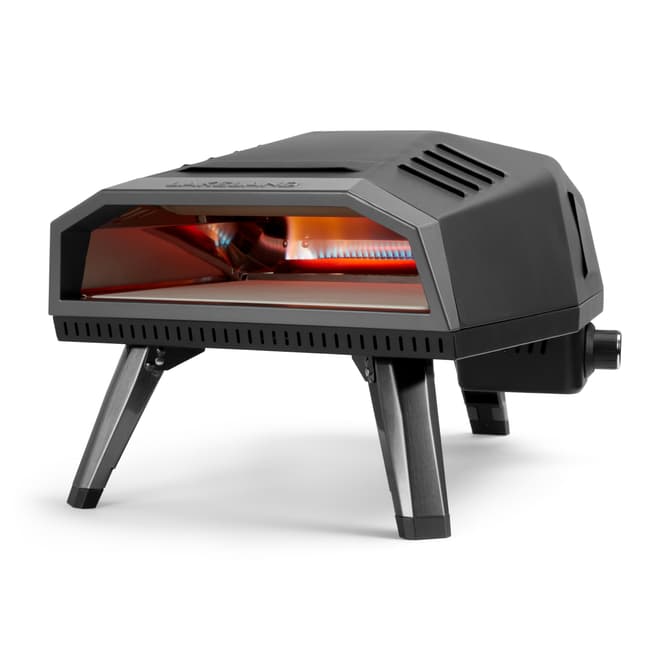

Consistency And Uniformity
White backgrounds create a consistent look across product images, contributing to a cohesive visual experience throughout an ecommerce site or catalogue.
Product Emphasis
White backgrounds eliminate distractions, allowing the product to be the main point of focus in the image. This helps you to highlight your product's details, quality, and features clearly for your customers.
Colour Accuracy
White backgrounds ensure that product colours are represented accurately. Often the background colour can influence how we perceive the object’s colour – a white background removes this risk. It will also eliminate any colour clashes with the design and layout of your website or catalogue.
Versatility
Images with white backgrounds are more versatile across different media channels, including ecommerce sites, social media platforms, and print materials. Changing the aspect ratios of images is generally easier, as you don't have to worry about cropping out background elements.
Cost-effective
Using a white backdrop can reduce production costs by simplifying the shooting process and eliminating the need for location scouting or complex studio setups. Post-production also tends to be quicker due to the simplicity of the style.
Marketplace Compatibility
Many online marketplaces prefer or may even require white background images, making them a standard choice for ecommerce brands.
When Should I Use Coloured Backgrounds In Ecommerce Images?
While white backgrounds offer clarity and consistency, coloured backgrounds can be used for adding impact and memorability.
Create Emotions
Coloured backgrounds can stir emotions and create specific moods that align with your brand's identity. Coloured backgrounds can add visual interest and creativity to product promotions, especially for lifestyle or editorial-style photography. Vibrant colours can create excitement, whilst darker colours can be dramatic.
Highlighting Products
For products that are a simple colour (e.g., black, white or grey), a coloured background can provide contrast and make the product stand out. Here the choice of colour is crucial, and it can often be advantageous to pick a contrasting hue to that of your product.



Choosing Between Styles
The choice between white and coloured backgrounds depends on the specific product, brand identity, and intended use of the images. Many businesses opt to use a combination of both, with white backgrounds used for standard product shots and coloured backgrounds for additional promotional images.
Lifestyle
Lifestyle product photography can be highly engaging to customers particularly if it’s relatable and aspirational. Lifestyle photography helps customers visualise how the product fits into their daily lives, often evoking aspirational emotions. For example, a coffee cup might be photographed as part of a cosy breakfast scene, with props such as a book and a croissant.
Lifestyle shots are particularly effective for social media marketing on platforms like Instagram, as well as high profile advertising such as billboards. This is because they can be relatable and memorable when produced to a professional standard.



Using Models In Your Lifestyle Photography
Models are a great way to significantly enhance the appeal of your lifestyle images. Here are some ways you can incorporate models into your product images.

Demonstrate Product Uses
Models can show how products are used in real-life situations. This can help explain product features, and how the product might fit into your customers’ lives. Remember that your potential customers won't know the design features of your product unless you tell them, and images are one of your greatest tools to do so!

Provide Context For Size, Fit, And Style
Models help customers visualise how products look when worn, giving a better sense of scale and fit. They can be useful for showing which body types your product is designed for as well as how the garment falls, how it's styled, and accompanying garments that it complements. When combined with lifestyle photography, you can provide context to the outfit by capturing it in settings it can be worn.
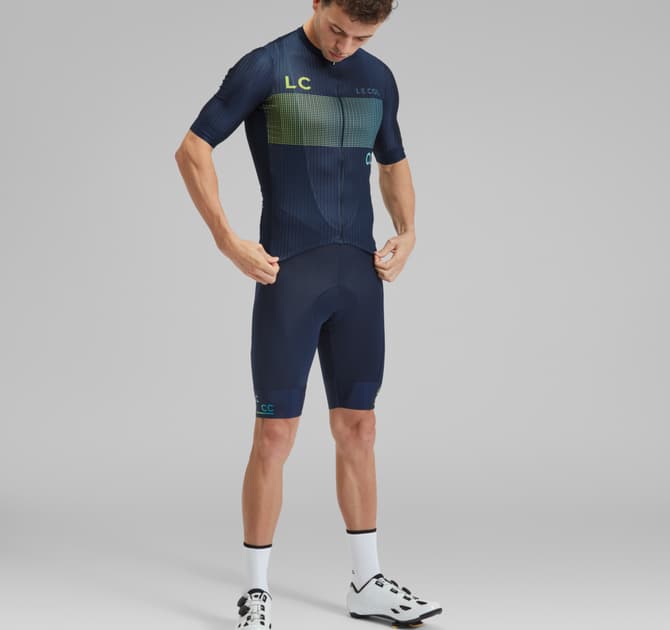

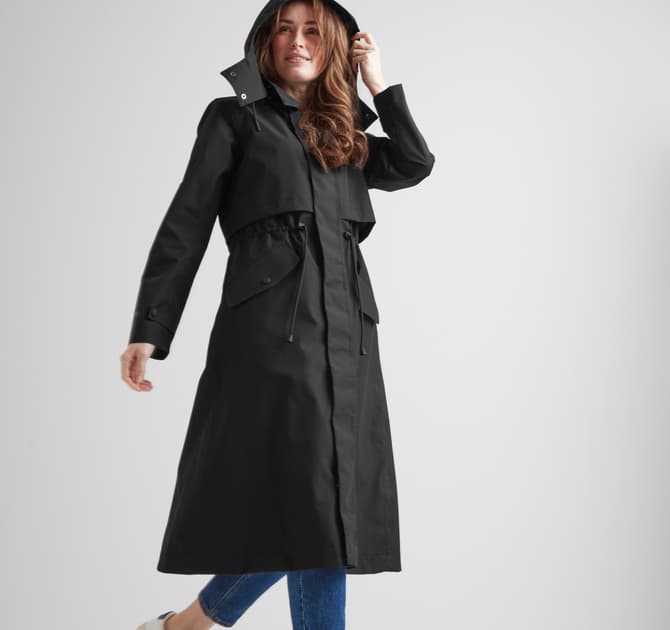
Tell A Style Story
Models can engage your customers by creating a lifestyle look that aligns with their aspirations. Learn what inspires your customers and set your product in environments that match up with this. It could be a style, a location, accompanying props, or the model's own aesthetic.
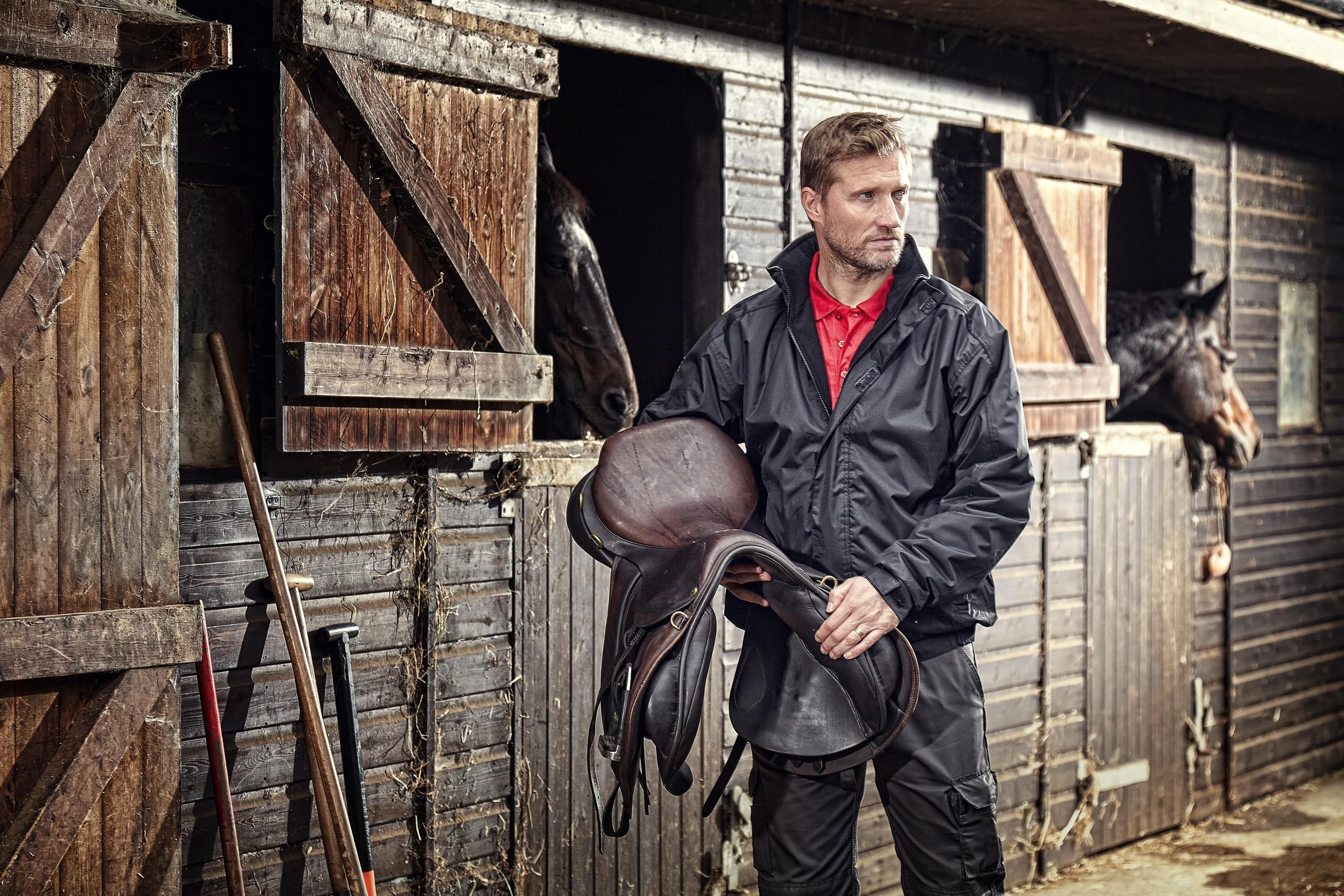
Choose The Right Model For Your Photoshoot
Select models who match your brand's aesthetic and target customers. For example, an athletic brand might feature models with an active physique. This can be hugely important, as people connect with people like them or who they aspire to be. Aim to understand your audience and their sense of identity, this will help you when choosing models.



Guide Models In Posing
Instruct models to adopt natural poses that highlight the product. This is key advice for photographers who will need to build a strong rapport with models and find the best way to instruct them. This can be verbal instructions, but often it can work to mimic poses, introduce music, use reference images, and introduce props. Be collaborative with your model and understand what works for them as well as you or your photographer.

Use Models For Different Types Of Product Photography
Models are used differently depending on the style of photography and the end uses of the images. Remember this when selecting models as different skill sets will be required. Ecommerce photography requires simple and consistent posing. In contrast, images for social media will require dynamic looks and engaging models. Often the fees for such skills come at a premium, but they pay off in the end.



Model Licenses
When working with models, it's crucial to understand and secure the appropriate licenses for using their images. This may include rights for specific uses (e.g., print, digital, social media) and duration of use. Be aware of additional child model requirements which often include licences, as well as restrictions on hours they’re permitted to work.
Impact Of Using Models
Models can significantly impact how consumers perceive products, especially in lifestyle and fashion photography. The right model can help potential customers envision themselves using or wearing the product and can enhance the overall appeal of the brand.
Unrecognisable Models Save Budget
By not showing a model's face, you can save money on the model's usage fees. This means that demonstrating products with models can be more affordable than you may first think. Unrecognisable models work well for demonstrating your product, however, you will lose out on personality and engagement by not showing your model's face.



Maintain Consistency With Models
It's important to keep a general form of consistency for images across an ecommerce website. When using models, it can be helpful to plan the style of image beforehand to ensure this aligns with your previous photography across your website, or your website's style moving forward. Key elements to keep in mind include crop ratios, size, colour matching, general style, lighting, and use of shadows.


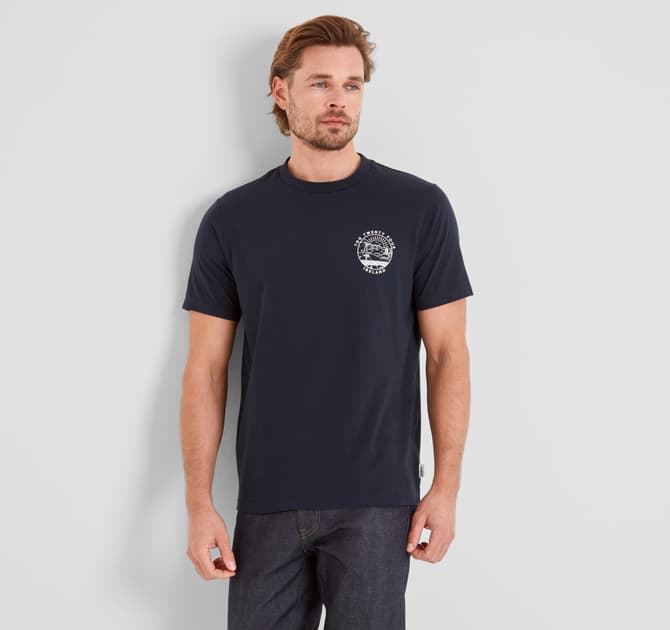
360° Rotations For Model Photography
The 360 degree photography technique of rotating a model can provide an interactive view of garments and accessories. It will provide a more comprehensive view of your product than front-on shots alone. You'll have the options to use stills, or stitch them together to create a video sequence. A model can stand on a turntable for a smooth rotation, or simply get the model to spin around themselves for a casual style.
Still Life Product Photography
Still life product photography is an artistic approach that arranges products with other complementary objects to create a visually appealing composition. This style often incorporates elements that display the main themes of the brand and product.
Elements like fruits, flowers, or things found in nature can communicate smells, textures and flavours. Still life photography works well for social media images and can engage customers who aspire to live lifestyles echoed in your theme.



Tabletop Product Photography
Tabletop photography involves shooting smaller products in a tabletop set up like the name suggests. This technique is versatile and can be used for various product types, from food and beverages, to small electronics and accessories. Tabletop photography allows for creative arrangements and can incorporate elements of still life or lifestyle photography.


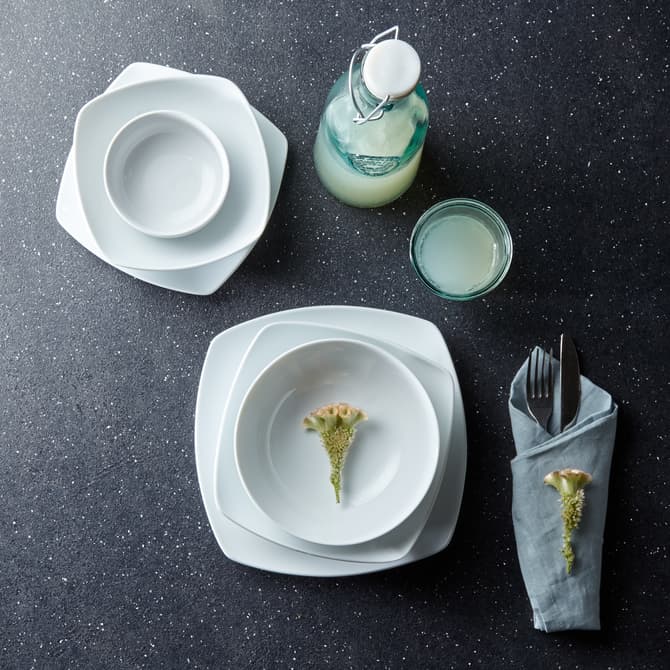
Room Set Photography
Room set photography involves building a full room or living space setup to capture products in a realistic setting. This is particularly useful for furniture, home décor, and appliances. Room set photos help customers envision how products will look and function in their own homes. Aspirational styles work well when aligned with your customers' tastes.

Our Complete Guide to Room Set Photography
We have a dedicated guide to using room sets in your photography project.
We've included everything you need to know before commissioning room set photography.
CGI/3D Images
Computer-generated imagery (CGI) and 3D rendering are becoming increasingly popular in product photography, particularly for home and garden sectors. These techniques allow for the creation of hyper-realistic product images without the need for physical prototypes. CGI is particularly useful for products that are difficult to photograph traditionally, or for creating images of products that don't yet exist in physical form.
Although CGI can be a useful tool to create product photography for your brand, there are several things you need to consider.


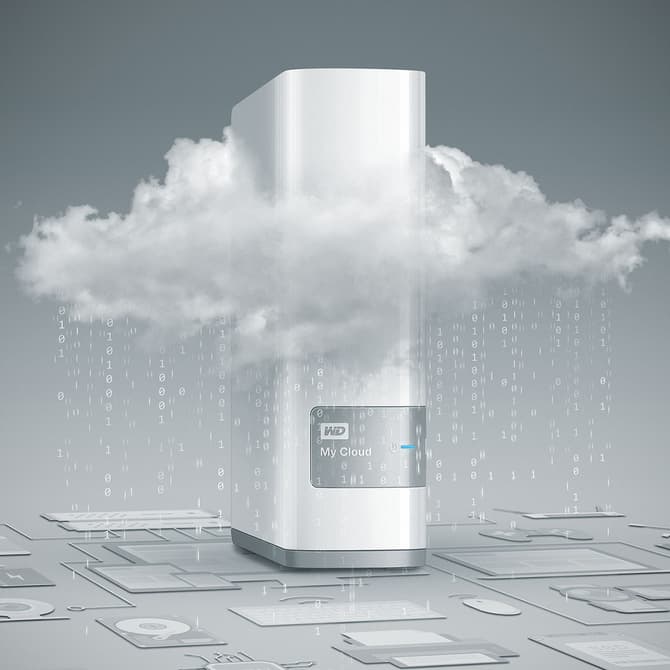
Realistic Renderings
Failing to accurately represent the product in 3D models can lead to customer disappointment when the real product doesn't match the image. Representing the product accurately is the most important consideration, and will build trust with your customers. If you're going down the CGI route for images, accuracy is your biggest priority!
Lighting And Shadows
Use of lighting and shadows is just as important in CGI than in photography. If images don’t include lifelike shadows and natural lighting, they can look can look artificial, flat, and lack depth. For professional images, make sure you consider how the light falls across the room and include any specifics in your brief such as time of day or inclusion of lamps.

Angles And Variations
Providing limited views of your products can make it difficult for customers to assess dimensions, features, and functionality. Be sure to commission CGI that includes several angles, as well as close up cameos and variations in styling to fully show off your product.

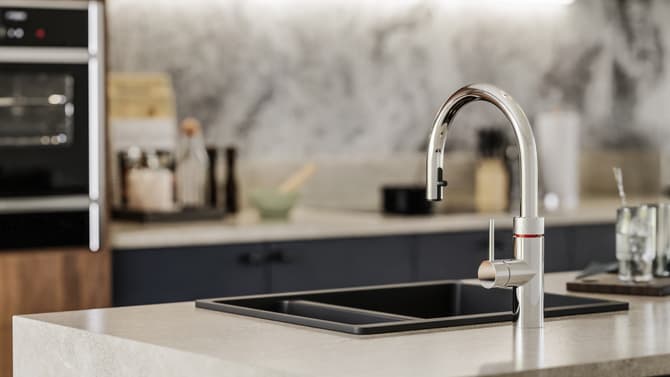

Consistency Across Product Images
A unified style across all product photos is important to maintain your brand's identity and improve the shopping experience. You must keep this in mind when producing images via a range of styles, i.e. your CGI needs to match your photography.
Optimise For Realism In CGI
Pay close attention to details like textures, reflections, and shadows to focus on realism. This reduces distractions for your customer – any notion that they are looking at something artificial may distract them from your product. It can be worth spending more of your budget on quality instead of prioritising the number of images or the speed of delivery.

Camera Placement
The angles and composition of an image are just as important in CGI as they are in photography. Shots must be planned out and styled well to show your product in the best possible way. CGI allows you to be highly creative, with no restrictions for camera movement and angles.

Themes For Product Photography
In product photography, brands can be artistic with images used as hero shots on websites and brochures, social media content, and images for advertising. There are trends in product photography that come and go, however, these are the main styles that are commonly used.
Eco / Natural
With growing environmental consciousness, eco-friendly and natural themes in product photography have become a staple. This style often incorporates organic materials, earthy tones, and natural textures. For example, a skincare brand might use subtle, flowing water or leaves in their imagery to evoke purity and organic qualities.

Vibrancy / Fun
Vibrant and fun themes in product photography use bold colours, playful compositions, and energetic styling to create eye-catching images. This approach is particularly effective for brands targeting younger audiences or those in creative industries.

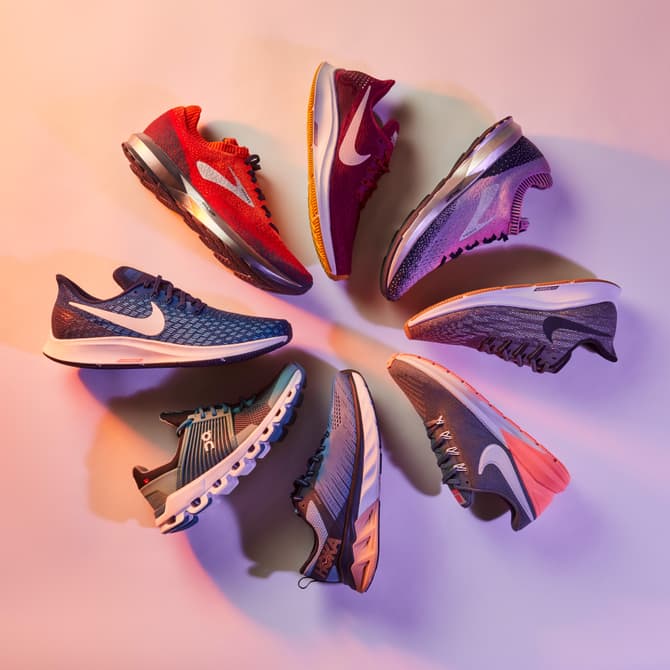

Minimalist / Modern
Minimalist or modern themes in product photography focus on clean lines, simple compositions, and a less-is-more approach. This style often uses negative space effectively and may incorporate luxurious materials like glass, matte metals, or smooth ceramics to enhance the sophisticated and timeless image. Use of lighting and shadows stand out and can be effective at creating a mood with little other propping.
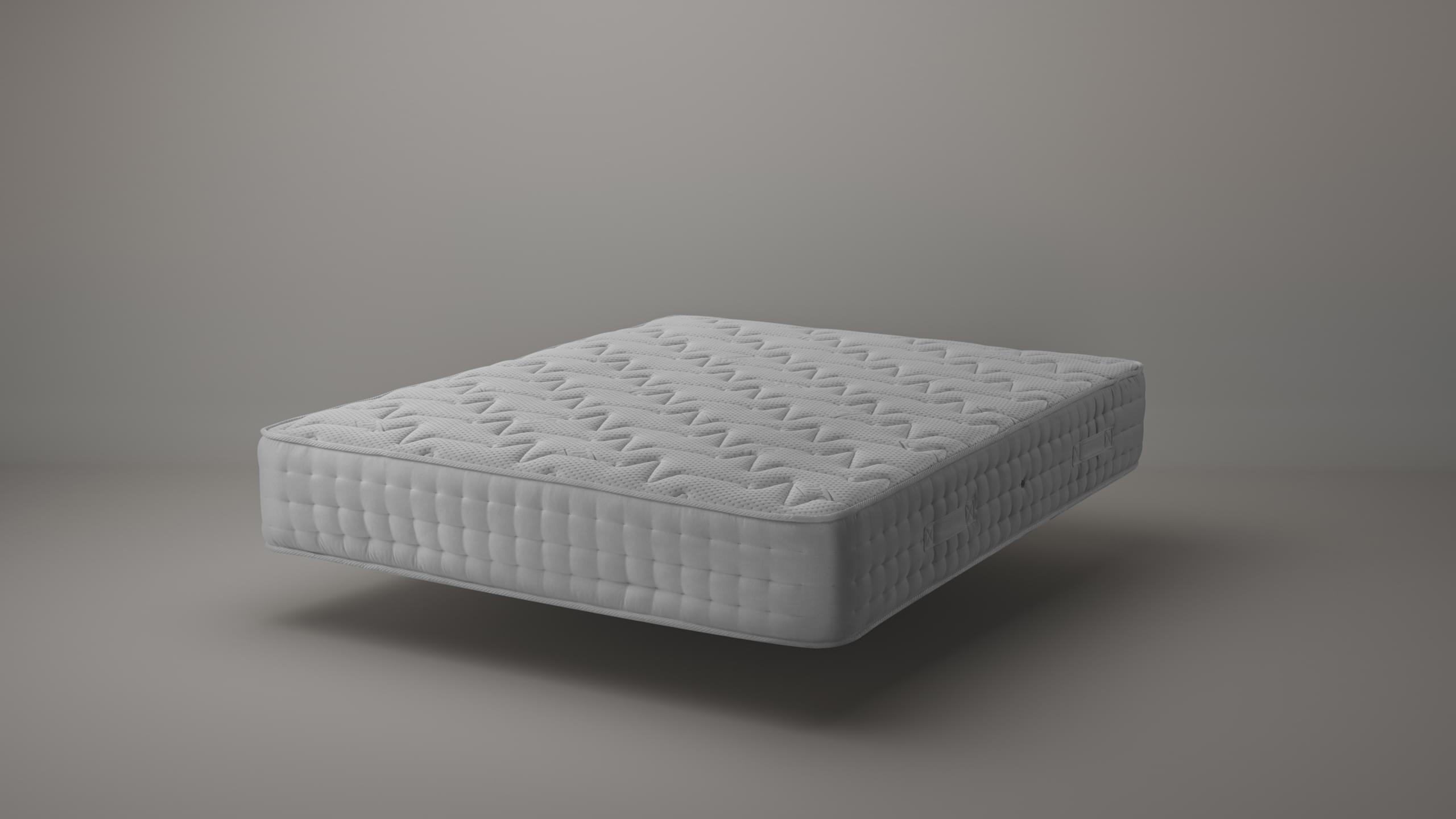
Retro
Retro-themed product photography draws inspiration from past decades, incorporating vintage elements, colour palettes, and styling. This approach can be particularly effective for brands looking to create nostalgia or appeal to specific age groups.
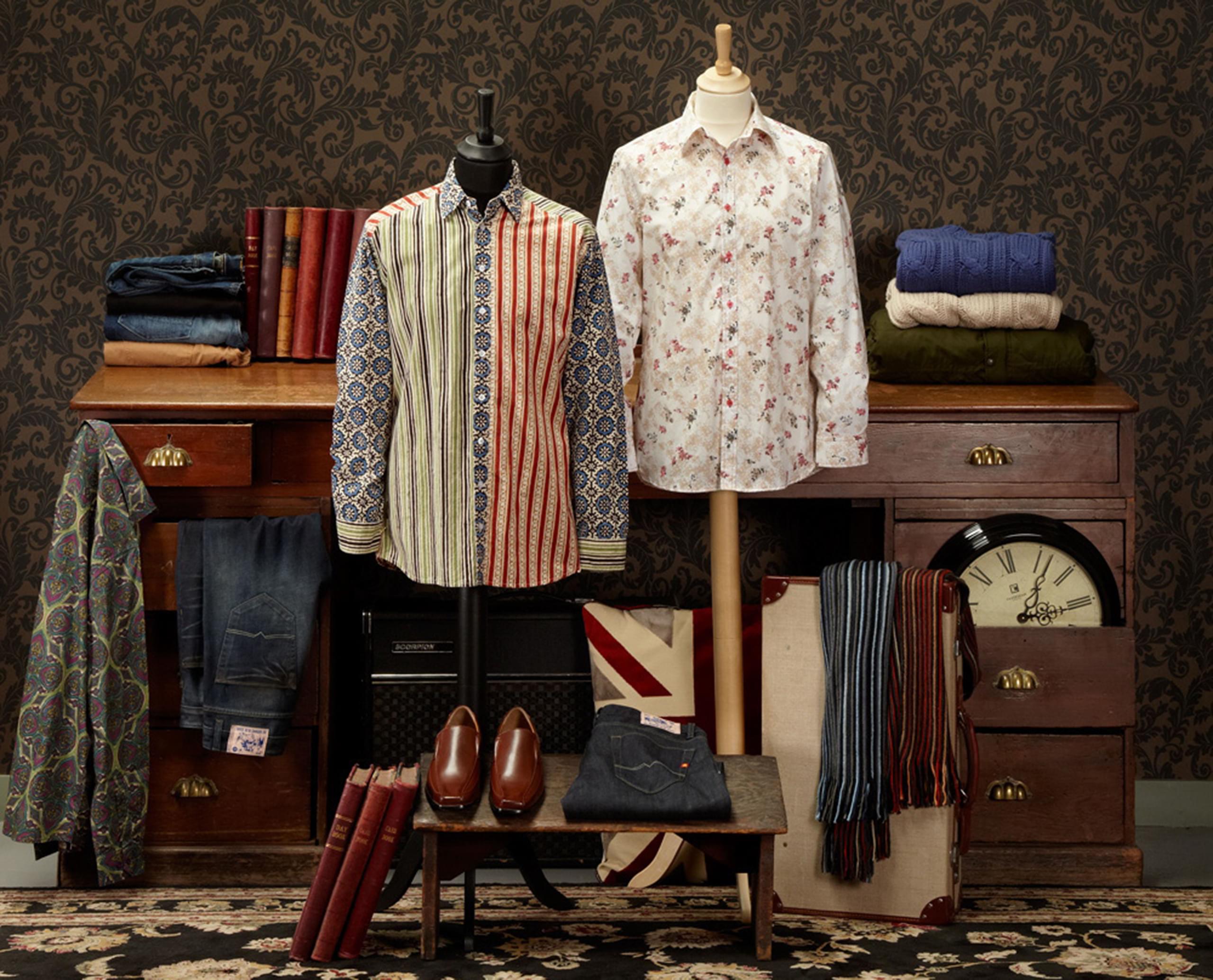
Luxury
For high-end products, a luxurious feel to the image will help to appeal to your target market. Backdrops and props associated with luxury will accompany your product well. A keen eye for detail and a high production value is required to do this theme justice.



Seasonal
This is a must if your product ties in well with a holiday or season. Christmas, Halloween, Easter and the four seasons are the most obvious themes, but don’t be afraid to opt for a niche holiday, particularly if your customers celebrate it and your product aligns well.

Monochrome
Although monochrome’s popularity has potentially peaked, it is still a theme that can be aesthetically pleasing. It can provide sophistication to an image. A similar emerging trend is to colour wash lifestyle images, making all props the same colour. Both styles create a clean cohesive look.

Camera Angles For Product Photography
It’s important to choose the angles that fit well for your product. Think about the features you want to show, as well as the lighting you’re using and how this will come together for the final image.
45 Degrees
The 45-degree angle is a popular choice in product photography as it provides a balanced view of the product, showing both its front and side. This angle is particularly effective for showcasing depth.

Level
Level or straight-on shots are taken at the same height as the product, providing a direct, eye-level view. This angle is often used for packaging shots or when you want to emphasize the product's front-facing design. This can also work well for food photography.
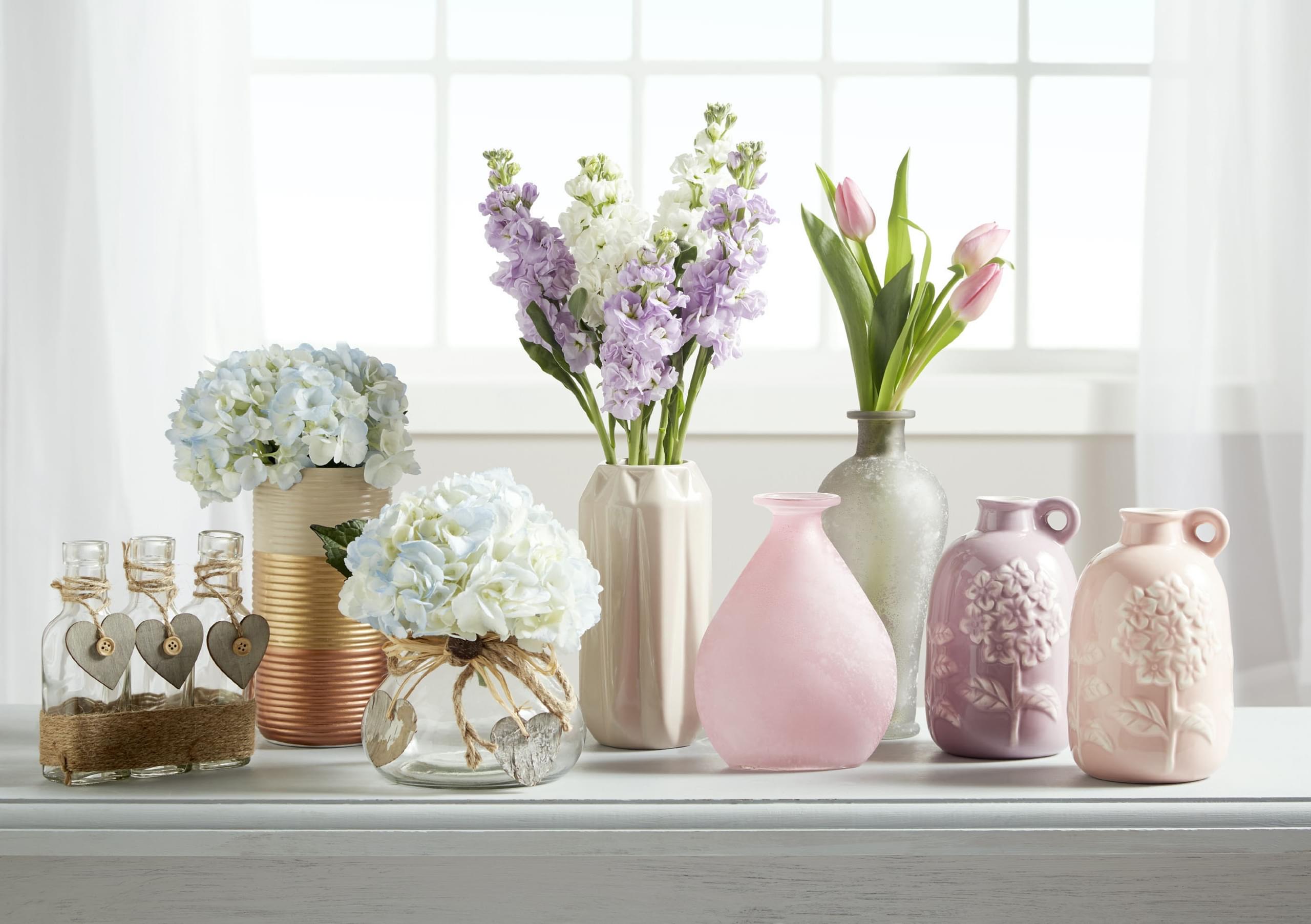
Above
Overhead or flat-lay photography involves shooting products from directly above. This technique is particularly effective for showing collections of items, creating visually appealing compositions, or highlighting patterns and textures.

Low angle
Photographing a product from a low angle can give it gravitas and stature. It will emphasise the height of objects. This works well for products which you would want to accentuate the height.
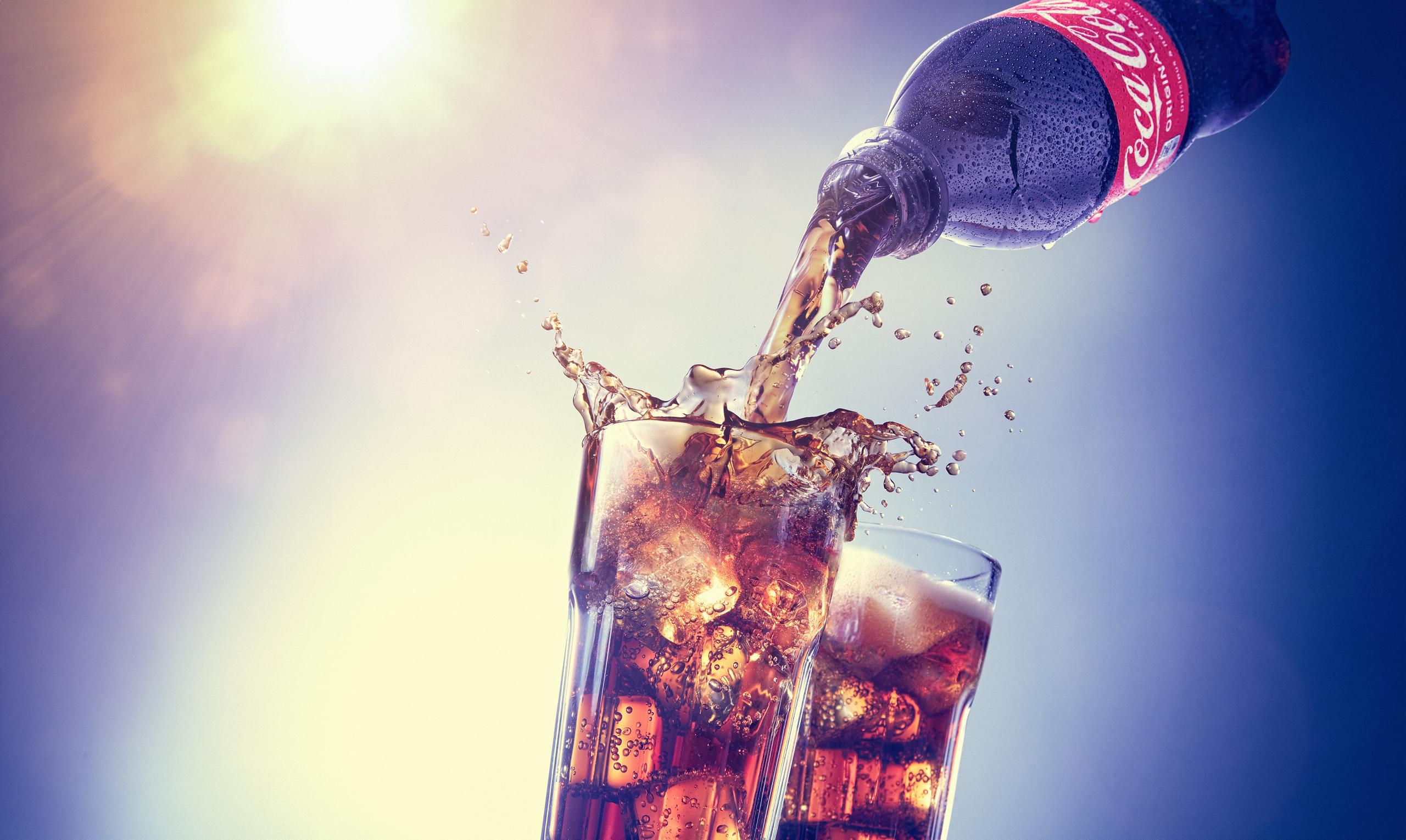
360 Spin Product Photography & Videos
A 360-degree view of a product is a useful way to show the features to a customer. This can involve photographing the product on a turntable which is rotated to capture multiple images. This can result in still photographs or they can be edited to together to create a video of your product.
Using a 360 spin product photography helps provide your customers with more information to encourage conversions and reduce returns. Creative versions of a 360 can work well on social media platforms such as Instagram and TikTok.
Product Photography Composition
There are endless ways to compose a shot. We've distilled this section down to a few principles that you can follow.
Rule of Thirds
This is a popular rule in design and provides a solid guideline for photography. By dividing the image into nine equal parts using two horizontal and two vertical lines, it creates a frame to help balance the composition of images. To create a balanced composition, place the product at one of the intersections.

Front and Central Placement
Placing the product directly in the centre of the frame can be effective to clearly show the main focus. Minimalist styles can work well in this layout. Lighting must be used effectively to create depth to the image in this case.
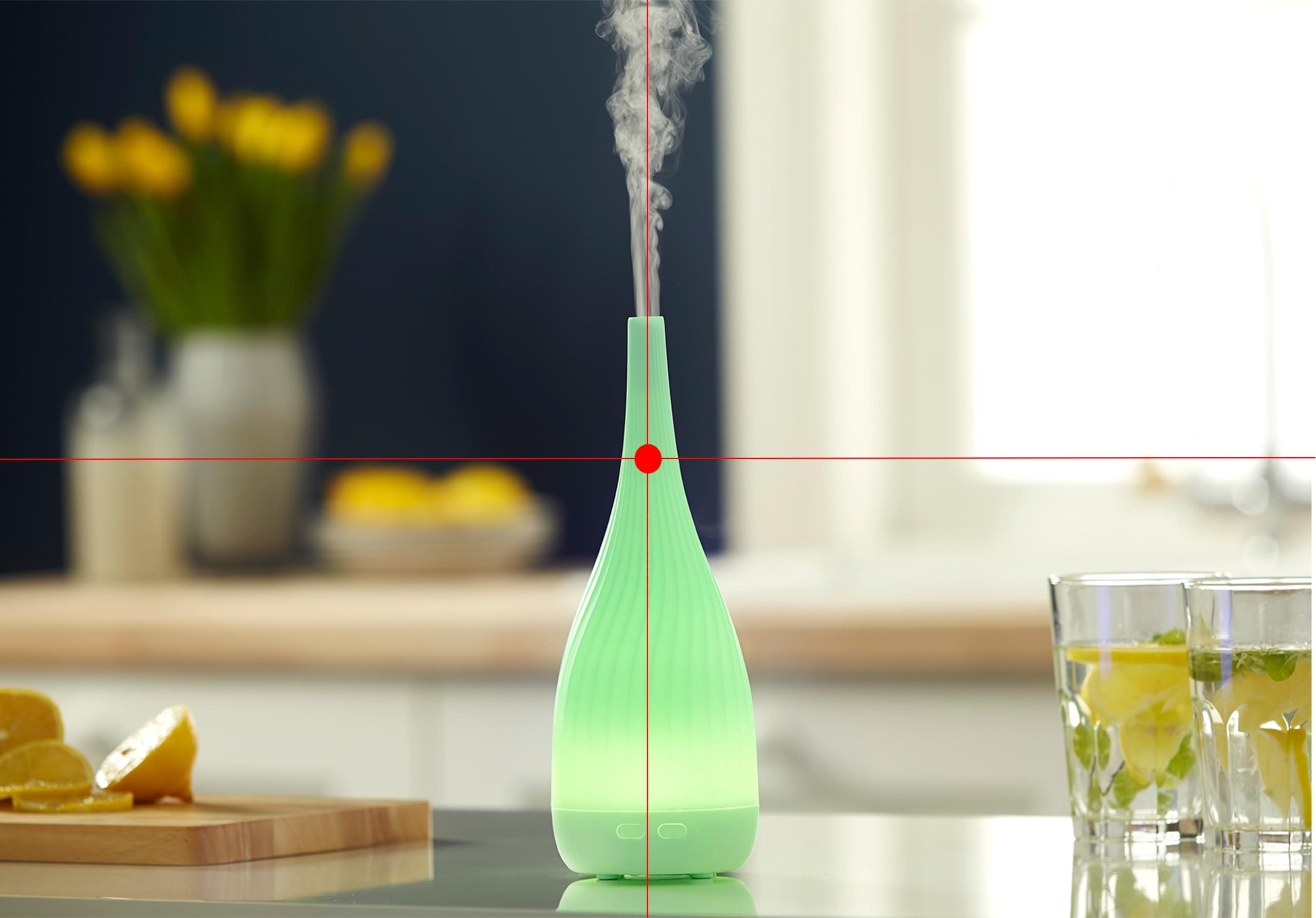
Diagonal Layouts
Diagonal lines can give the illusion of movement in the composition. A combination of the main product along with props can be used to build the diagonal lines. This can work well when used in odd numbers of objects.
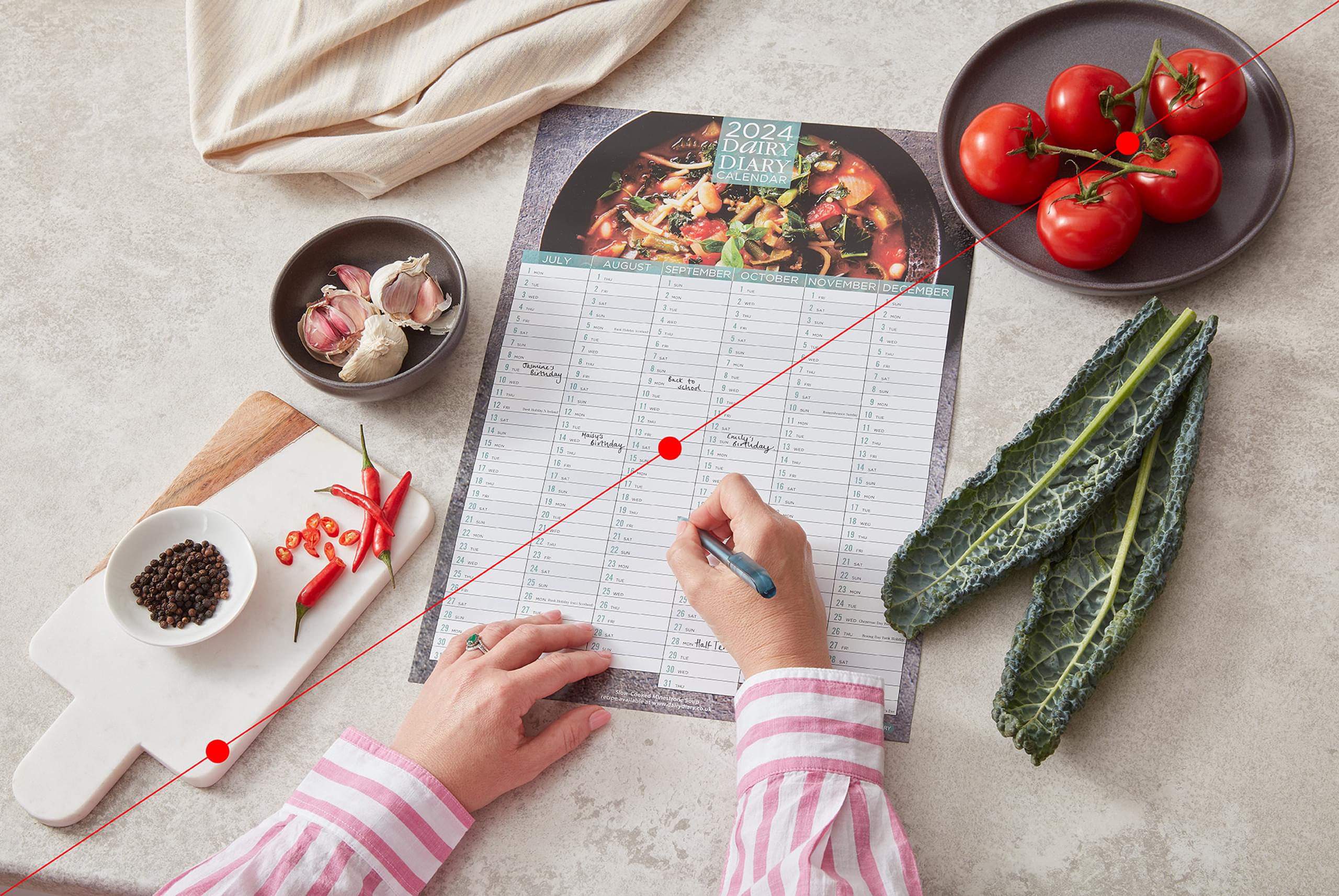
Fibonacci Sequence
The Fibonacci sequence, also known as the golden ratio, is an ever-decreasing spiral pattern that can help guide composition in photography. It can be used to position the focus of your image, as well as secondary and tertiary elements. It’s incredibly useful for incorporating sweeping designs and spirals into your product photography. The pattern is repeated in nature, with the most famous examples seen in shells. The shape is created with a mathematical sequence that is pleasing to the eye. Place the main focus of your image in the middle of the spiral, moving outwards you should place background props.
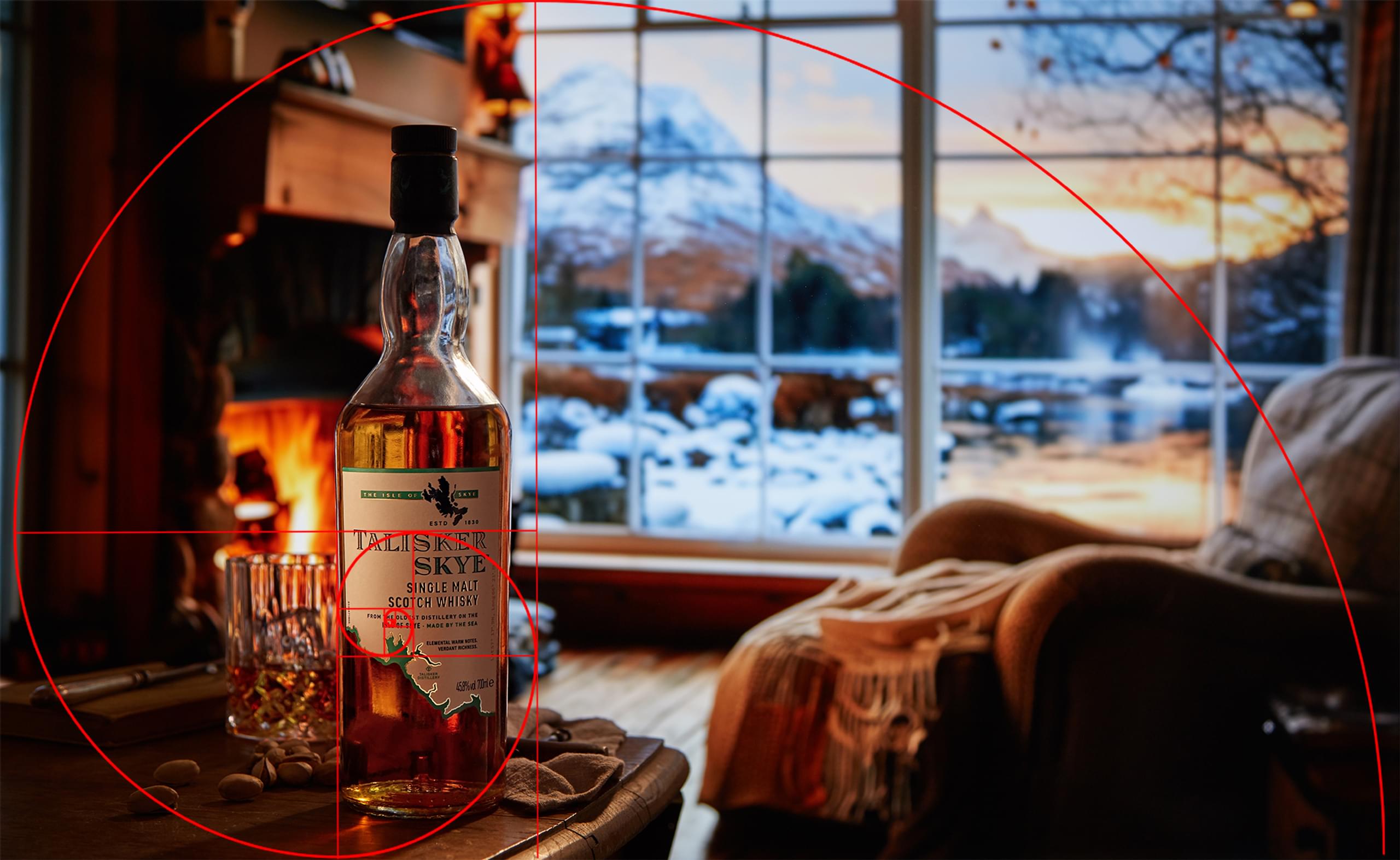
Lighting Styles For Product Photography
Lighting can be relatively complicated depending on the look you’re aiming to achieve. However, it is a crucial aspect of product photography both in quality and creativity. For this article, we’ve broken it into two styles for simplicity.
Hard Lighting
Hard lighting creates strong, defined shadows and high contrast. This lighting style can be used to emphasise texture, create dramatic effects, or give products a bold, edgy look. It also works well for lifestyle images that replicate daylight through windows, or light being emitted from lamps.

Soft Lighting
Soft lighting produces gentle, diffused shadows and an even illumination. This style is often preferred for creating a natural, flattering look and is particularly effective for beauty products, food, and ecommerce shots.
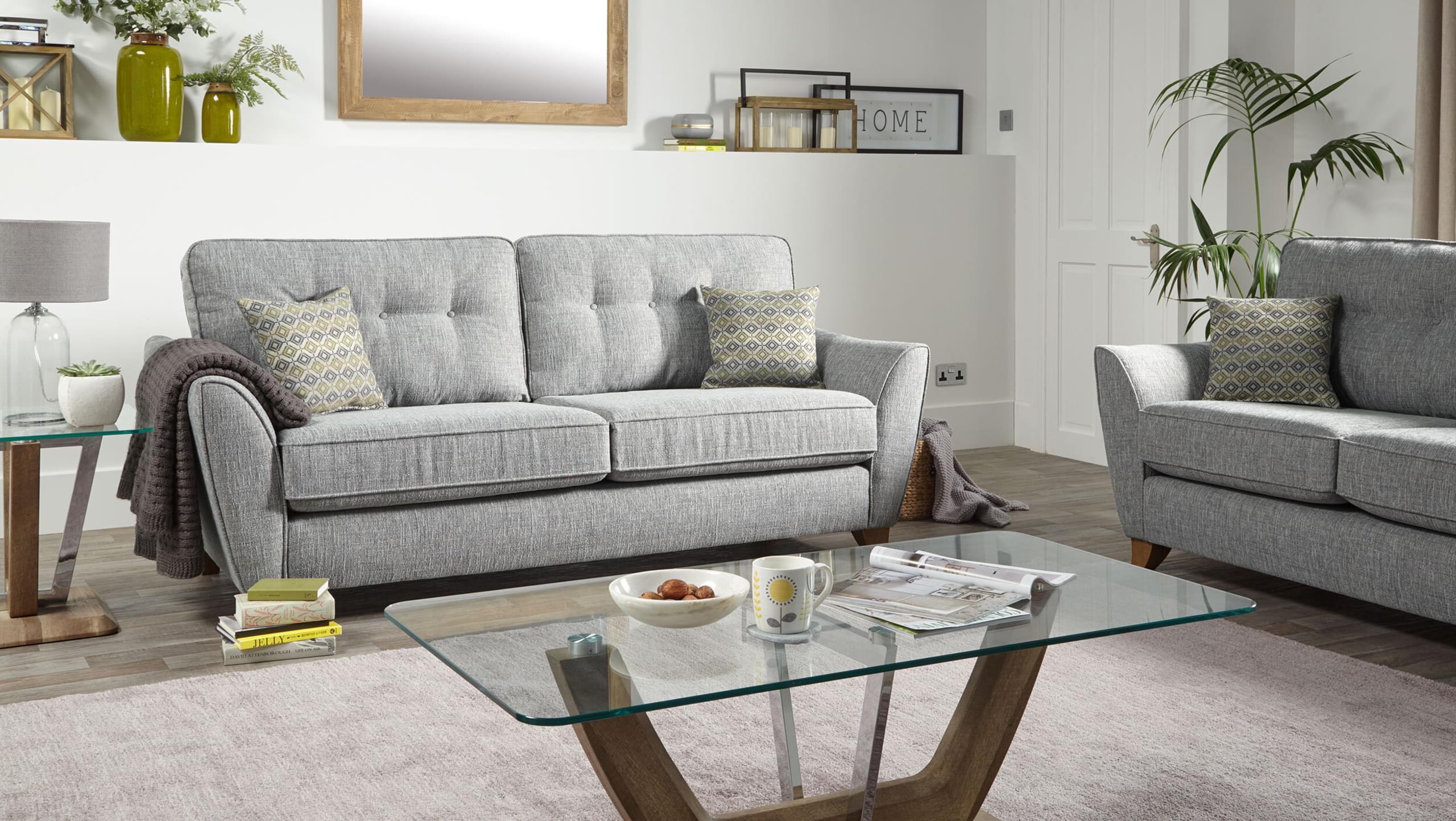
Locations vs Set
Choosing between on-location shoots and studio sets depends on various factors, including the product type, desired aesthetic, and budget. Location shoots can provide authentic backgrounds and natural lighting, but may present logistical challenges. Studio sets offer more control over lighting and the environment but may require more setup and props to create realistic scenes.
Generally, we find that lifestyle images come out at a similar cost for both methods of production. However, there may be some locations that can’t be replicated in a studio. In those circumstances, digital images and CGI are also an option.
Product Photography Postproduction
There’s a whole host of possibilities when it comes to retouching product images. This will very much depend on the purpose of your product image. Ecommerce images will only need simple retouching that ‘cleans up’ the shot. Whereas more creative options exist for content designed to be published on social media and across advertising platforms.
Image Retouching
Basic retouching involves adjusting elements like colour balance, contrast, and sharpness to enhance the overall image quality. It may also include removing minor imperfections or distractions from the product or background.


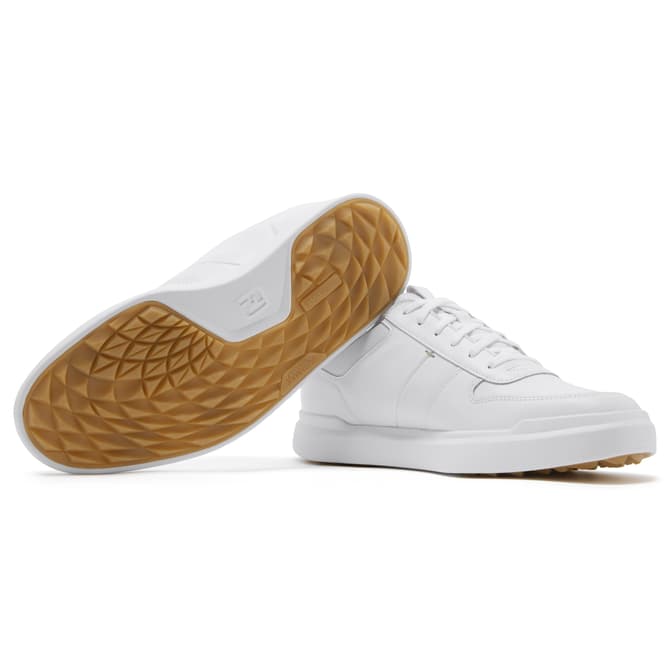
Creative Image Retouching
Creative retouching goes beyond basic adjustments, often involving complex manipulations like compositing multiple images, adding special effects, or dramatically altering the product's appearance for artistic or marketing purposes.


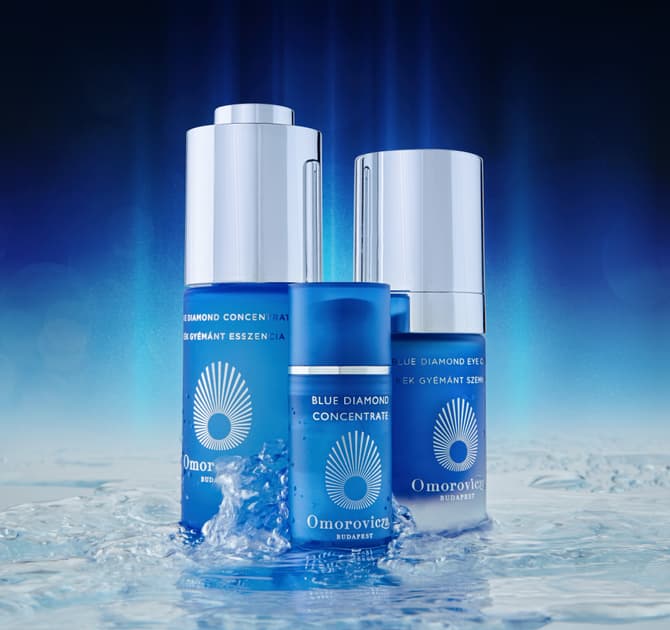
Stylists and Props
When planning your photography project, it’s important to consider all elements of your brief. For lifestyle images, and to some extent creative projects, you will need a stylist or art director. They can ensure the style of the image is appealing to your audience. They’re not essential on every shoot, but for built sets they’re a valuable crew member.
Food Stylists
Food stylists are specialists in preparing and arranging food for photography. They use various techniques to ensure food looks fresh, appetising, and visually appealing throughout long photo shoots. Top food stylists will be able to handle multiple set ups in a day and keep to schedule. They’ll also have lots of tricks up their sleeves to make the images and videos look like culinary perfection.



Stylists
General stylists work on arranging products, selecting complementary props, and creating overall compositions that align with your brand's aesthetic and marketing goals. They’re great at ensuring a set looks aspirational and provide a realistic lifestyle feel.


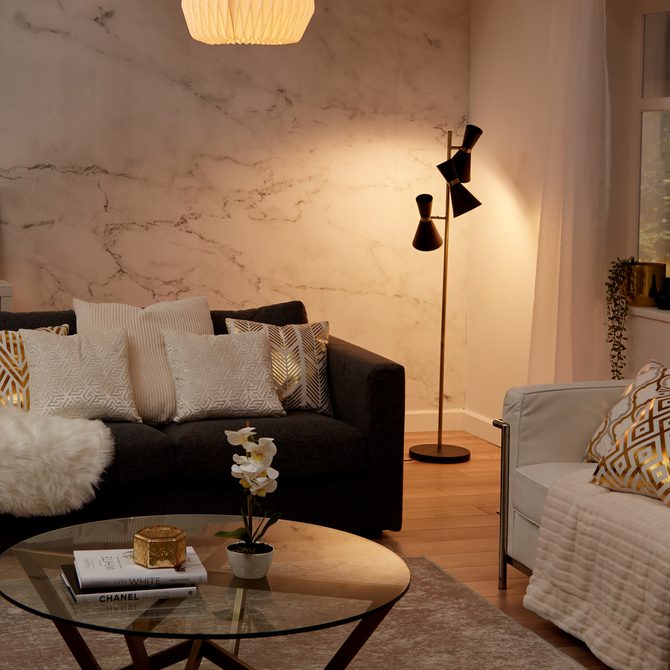
Prop Hire
To create true lifestyle images, you’ll need props. It’s worth investing some budget in some key props, but you can save money by sourcing some yourself. These may include furniture, decorative objects, textiles, plants and specialised items that help create the desired atmosphere or context for the product. Some studios have their own props.
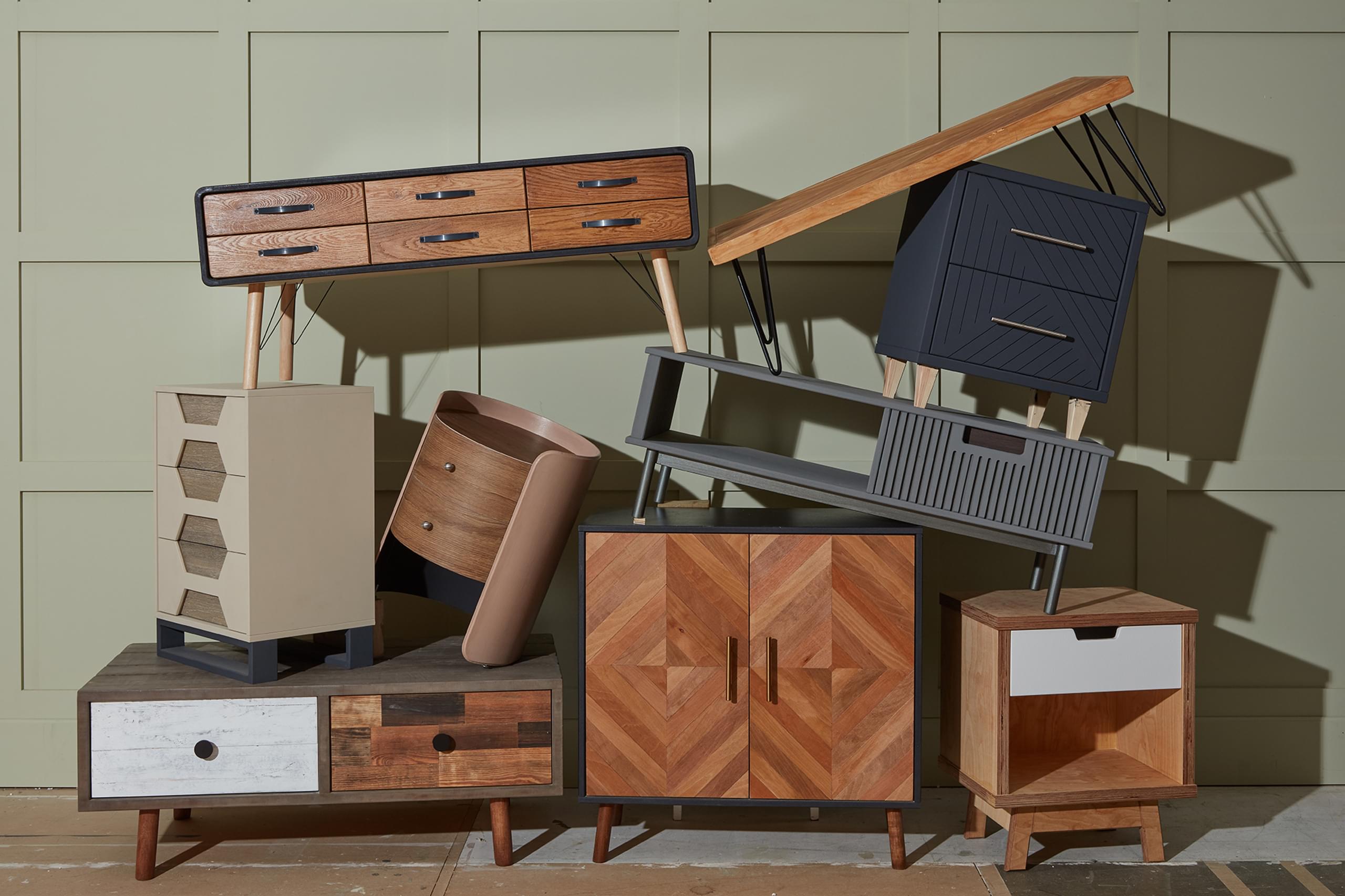
Marketing Uses
It’s important to consider the uses of your images throughout the process, taking your goals into account for every creative decision you make. We’ve set out a few pointers that explain which styles work well for common platforms.
Ecommerce Photography
Clear, accurate, and appealing images should be used on ecommerce platforms to gain your customer’s trust. This can increase conversion rates as well as decrease return rates – a win win! The key is to set correct customer expectations by using accurate images.

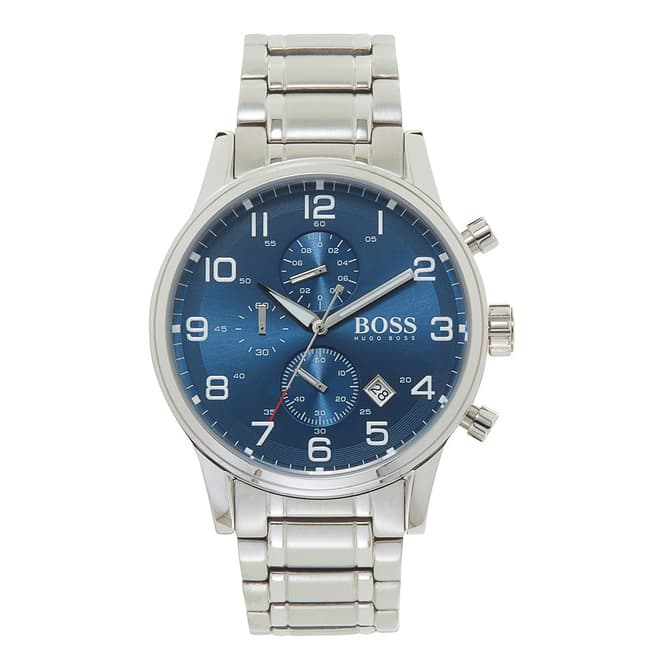

Websites
Product photos play a crucial role in website design, from hero images on landing pages, to detailed galleries that sit alongside product descriptions. Consistent, high-quality imagery helps create a professional and trustworthy brand image.
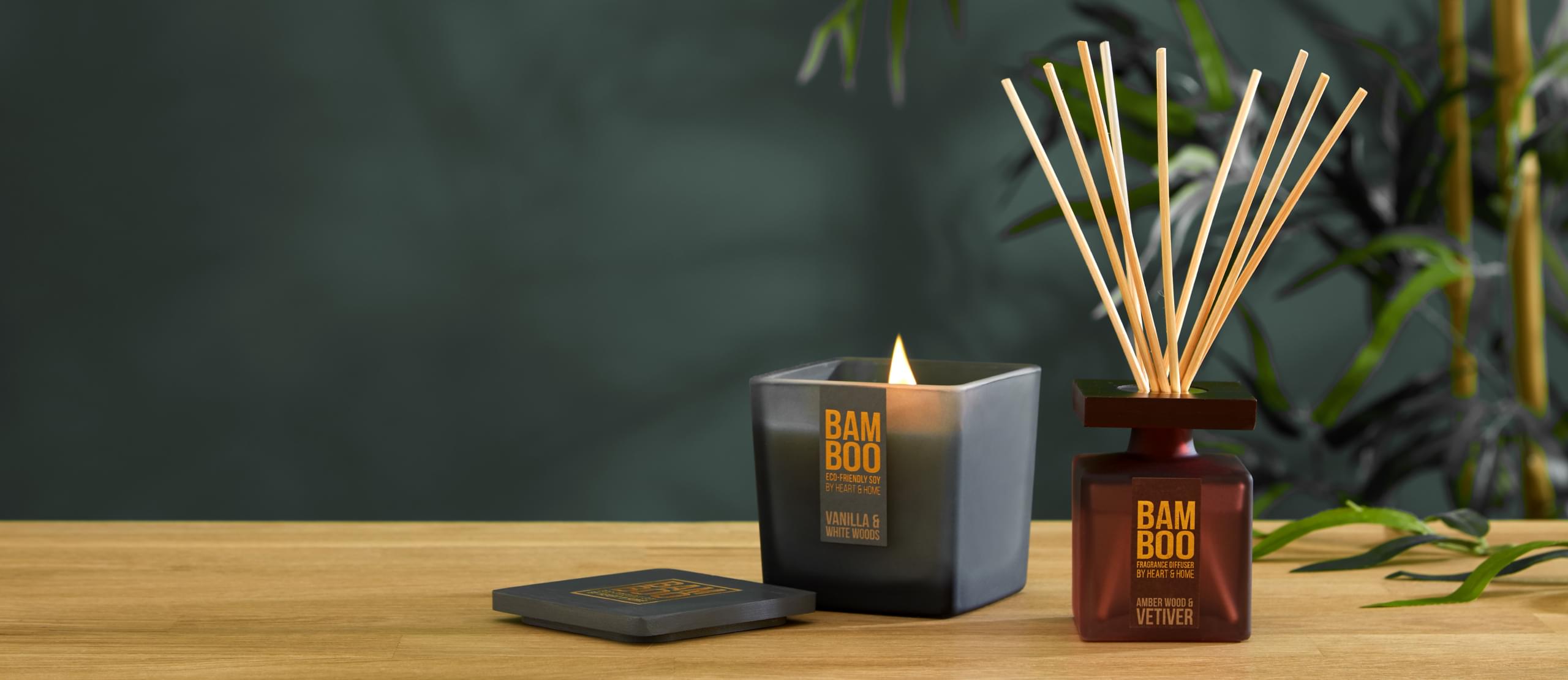
Social Media – Organic and Paid
Engaging product photography can work well for organic social media content and paid advertising. Different platforms may require different image styles or formats, so it's important to create versatile photo assets. Organic social media tends to perform well with lifestyle images that reflect the ethics and core values of the brand. Paid advertising posts on the other hand can have a experimental, bold and eye catching design. Test different styles in your advertising, known as A/B Testing, to see what works best for your target audience.



Outdoor Advertising
Large-format outdoor advertising requires high-resolution images that can maintain their quality when scaled up. Consider how products will appear from a distance and in various lighting conditions when shooting for outdoor use. Clever and bold concepts work well.
If your images are being used across various online and offline marketing formats, remember to keep the theme consistent, and ensure all your assets are recognisable across the board. Brand consistency can easily be lost when adapting images to their channel, so be careful and consider your marketing strategy as a whole.

Budgeting For A Photoshoot
There can be a surprising number of elements to a product photoshoot, and being aware of these when budgeting is important to ensure each area is delivered at a professional level.
Studio and Photography Time
The cost of studio rental and photographer fees can vary widely based on location, experience, and project complexity. It's important to clearly define the scope of work and expected deliverables when budgeting for these services. Be aware of the package you have been quoted for to understand whether the studio time is included in the photography price.
Location Costs
If shooting on location, consider costs such as venue rental, permits, transportation, and any additional equipment needed for the specific environment.
Stylists and Props Costs
Budgeting for stylists and props is crucial for creating polished, professional-looking product photos. These costs can include stylist fees, as well as prop rental or purchasing.
Freelancer vs Studio
Deciding between hiring freelance photographers or working with a studio depends on factors like project scale, budget, and required resources. Studios often provide a full range of services and can handle scale.
Studio Selection and Specialisms
When choosing a photography studio, consider their specialties, portfolio, and experience with your specific product type. Some studios may excel in certain areas like food photography, fashion, or interiors.
Photoshoot Timeline
Never underestimate how long certain photoshoots take to plan, commission and produce the final images. There are lots of elements that might affect timescales, including volume of shots, complexity of the concept, and the style of production. Plus, you’ll need to take into account the feedback cycle and how many people need to be involved – often this is the part that takes the longest.
Goods In
Plan for the timely arrival of products at the shooting location, considering any preparation or styling time needed before photography can begin.


Volume and Schedule
Determine the number of products to be photographed and create a realistic schedule that allows for proper setup, shooting, and any feedback. Rushing any stage may affect the quality of the final images.
Postproduction Turnaround
Factor in the time for post-production work, including basic retouching, creative editing, and any client review cycles. The complexity of post-production can significantly impact the overall project timeline.

We’re Here To Help
Product photography can be complicated, but it offers many opportunities for your marketing content if you understand what is possible. A considered approach for each aspect of your product photography project, from concept to final delivery, can allow you to create compelling visual assets that drive engagement and sales for your brand.
Partnering with the right studio can help you navigate the process and get the most from your budget. Since 2006, Prodoto has been providing brands with amazing images of their products. From startups to household names, we’ve worked with thousands of businesses. Get in touch with us to find out how we can help you.


